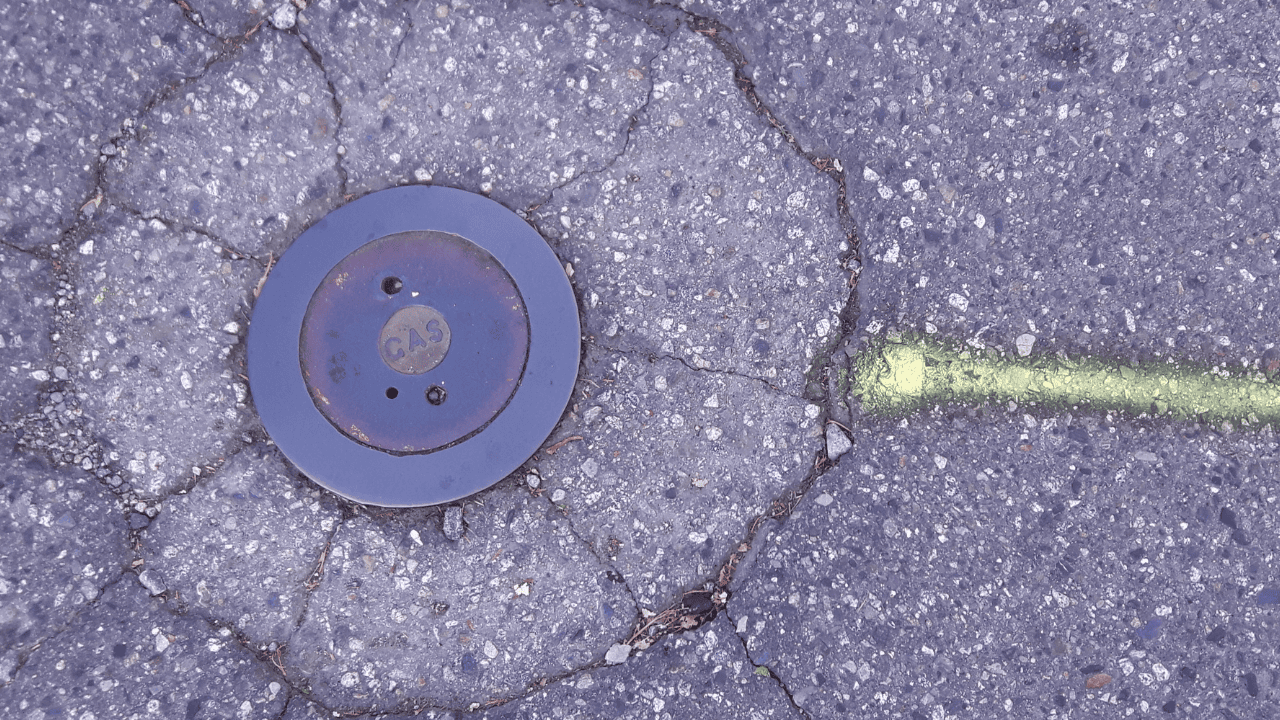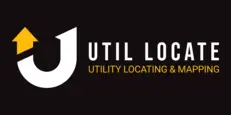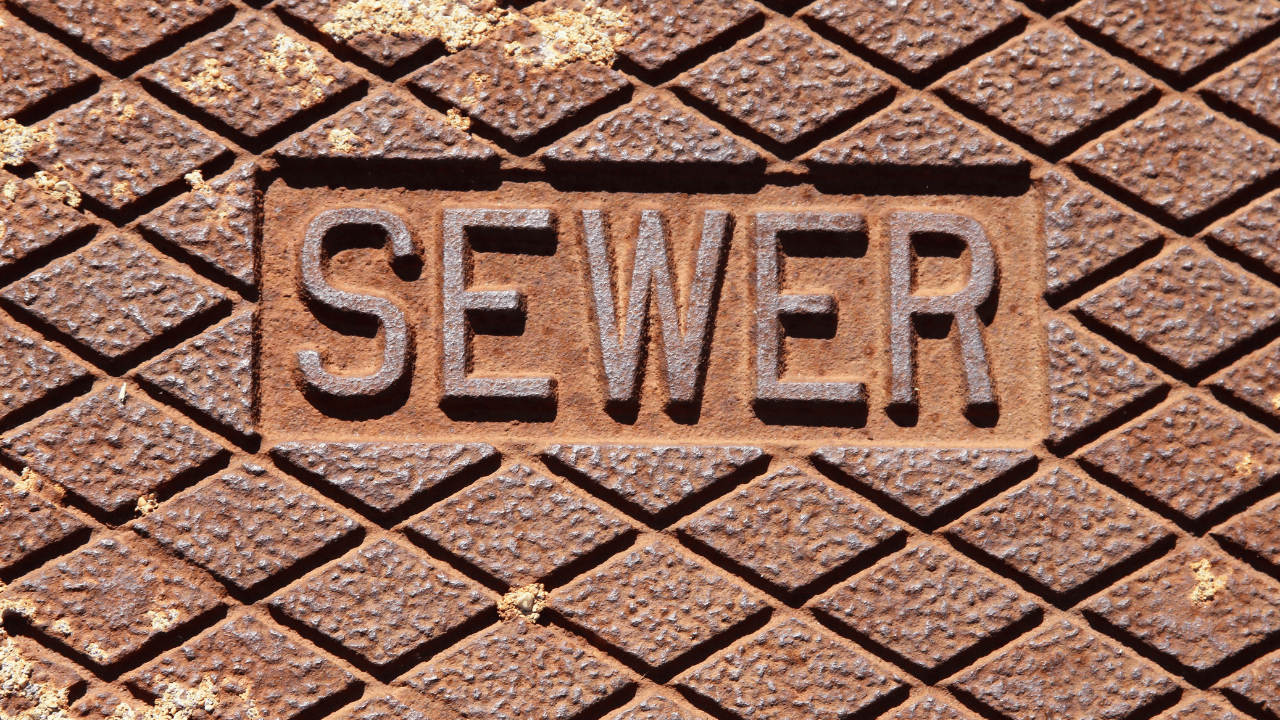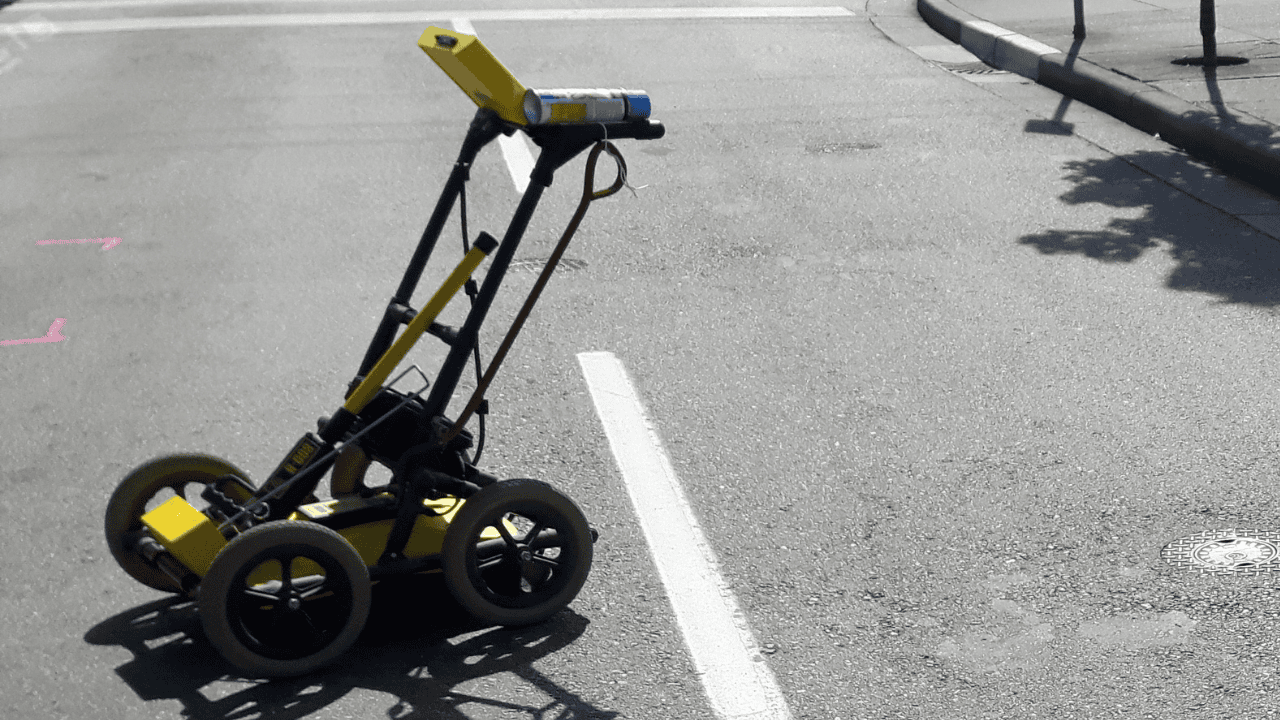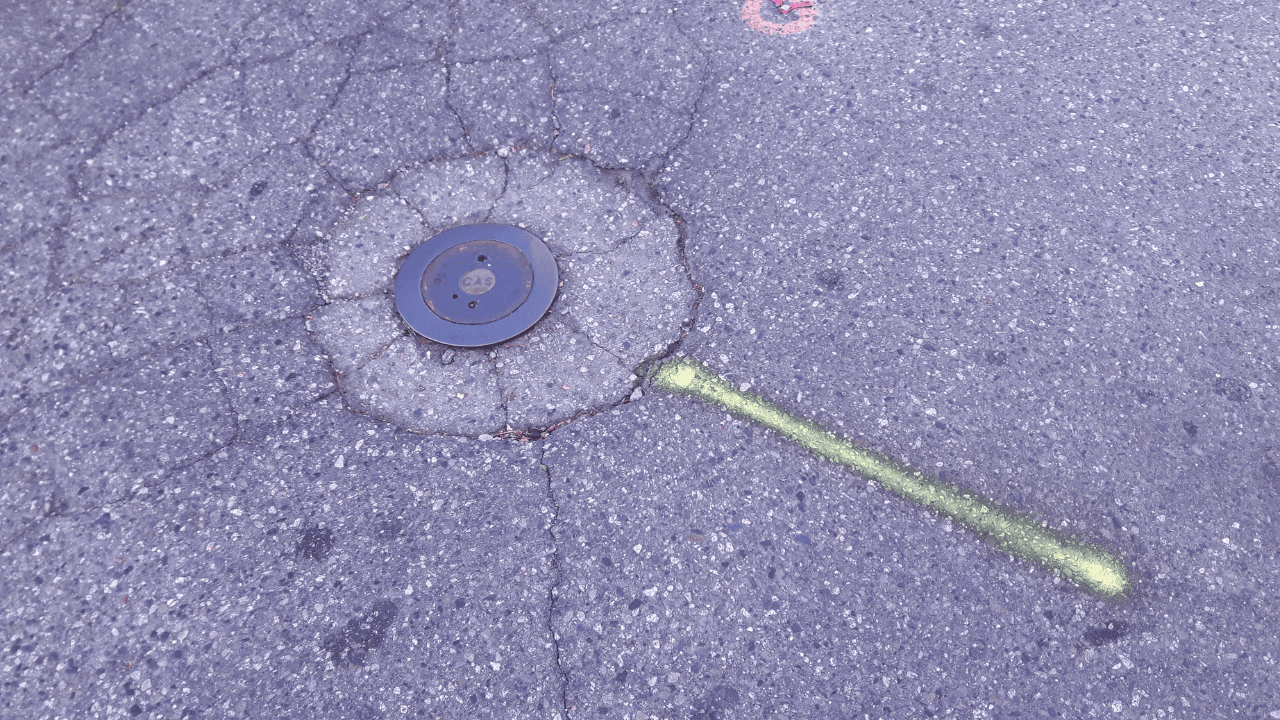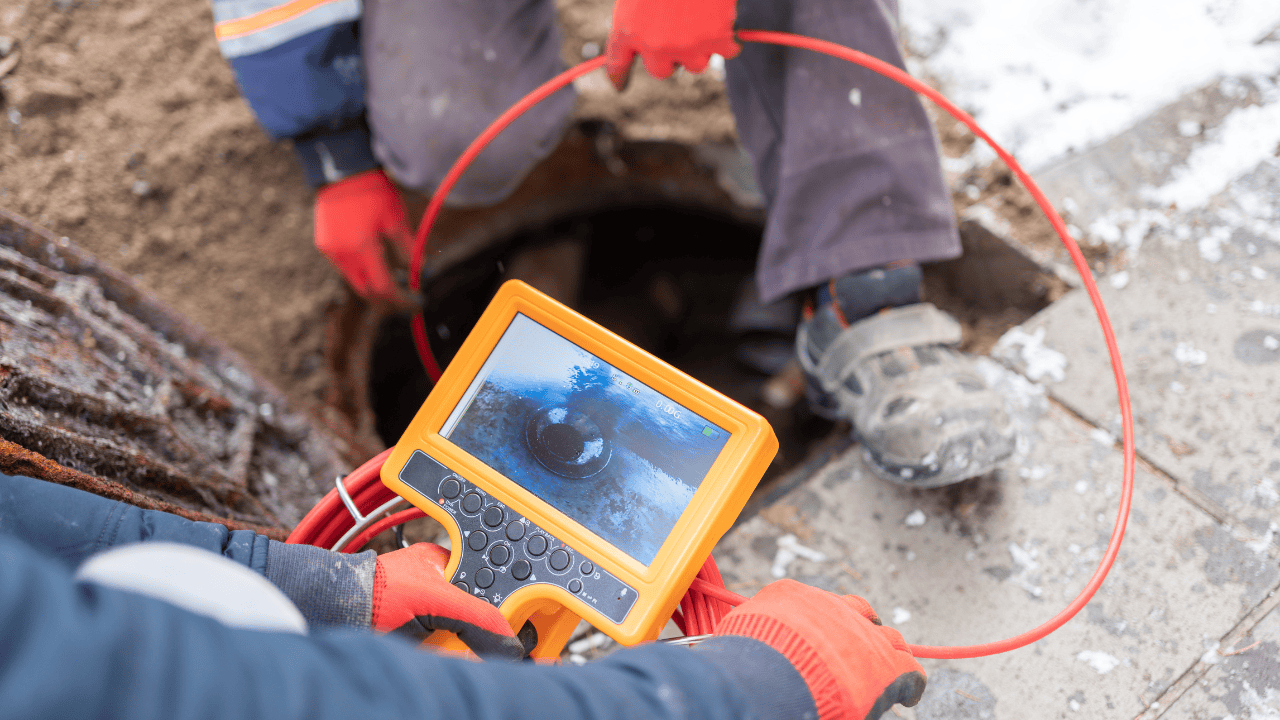Why Utility Locating is Essential Before Digging Near Gas Lines in California
Digging without knowing what’s underground is risky. A damaged gas line can lead to explosions, fires, and costly repairs. With underground utility locating, you can prevent accidents and stay safe.
Read More
Preventing Sewer Backups: The Role of Utility Locating in Maintenance and Repairs
Sewer backups can be messy, costly, and damaging. The best way to avoid them? Know exactly where your pipes are before issues arise. With underground utility locating service, you can detect problems early and keep your system in top shape.
Read More
Sewer Line Locating Tips for California Contractors: A Guide to Reducing Project Delays
Sccurately locating sewer lines is crucial for avoiding costly project delays and preventing accidental damage to underground utilities. In California, where strict regulations and environmental concerns come into play, contractors must use the right tools and techniques for efficient sewer line detection. This guide covers essential tips, from utilizing ground-penetrating radar (GPR) and hydro excavation to working with utility marking services and understanding local permitting requirements.
Read More
Advancements in Sewer Line Utility Locating: A Look at Non-Invasive Methods
Modern advancements in sewer line utility locating, including tools like hydro vacuum excavation, are making the process safer, faster, and more accurate. Dive into the details of these non-invasive techniques with experts in underground utility locating services.
Read More
Top Reasons to Hire a Professional for Sewer Line Utility Locating in California
Hiring a professional for sewer line utility locating in California ensures accuracy, safety, and compliance with state regulations. Experts use advanced tools like ground-penetrating radar (GPR) and electromagnetic locators to identify sewer lines without unnecessary excavation. Their knowledge of California’s unique soil conditions and utility layouts helps prevent costly damage to underground infrastructure.
Read More
How Ground-Penetrating Radar (GPR) Revolutionizes Sewer Line Utility Locating
Ground-penetrating radar (GPR) is transforming the way sewer lines are located by offering unparalleled precision and efficiency. Unlike traditional methods, GPR uses radar waves to detect subsurface utilities without the need for excavation. By providing real-time data and reducing project delays, GPR is a game-changer for utility locating in modern infrastructure projects.
Read More
